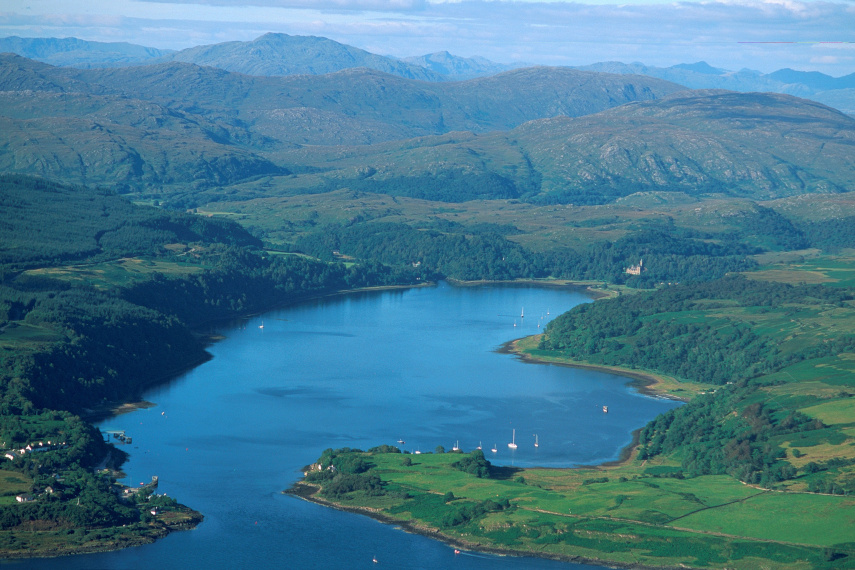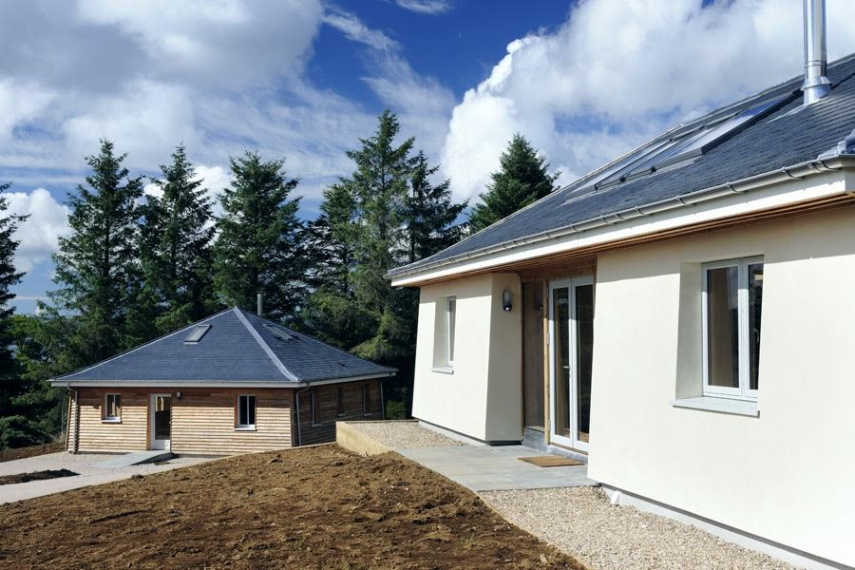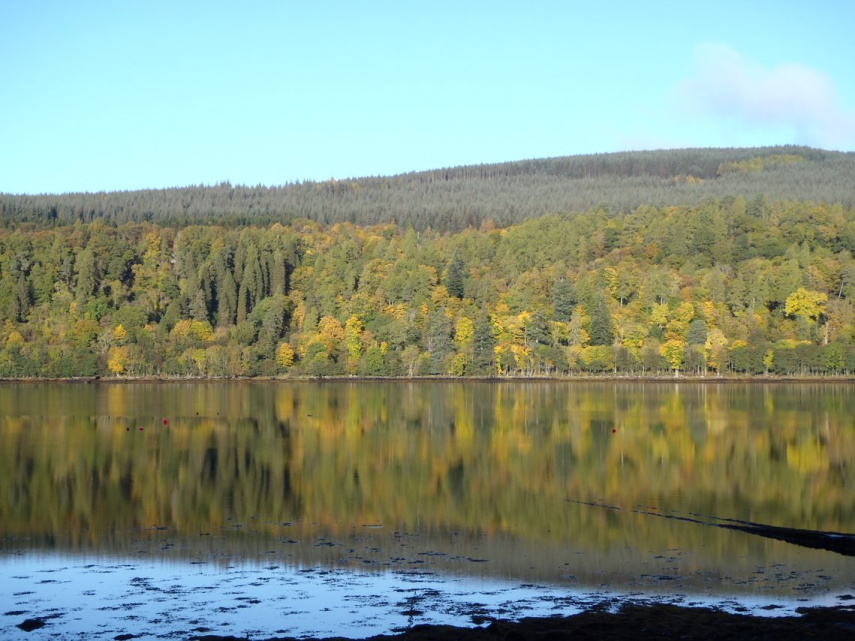Ardtornish – Land Management Planning
The estate
Ardtornish is an estate of 14,000 hectares located in Morvern, Lochaber and spread out around the huge, wooded inlet of Loch Aline. A mixed Highland estate, with farming, forestry, sporting, holiday letting and renewable energy, Ardtornish has been owned by the Raven family since the 1930s, and is now run as a company owned by a private trust.
The estate land comprises two different geologies and soil types. Nutritionally poor soil in the north rests on granite rock, while basalt in the south creates a more fertile and varied landscape, which supports woodlands and farming.
The Morvern community is dispersed over three or four population centres, with very small numbers between. Over half the population lives in Lochaline, which is effectively surrounded by Ardtornish.
We spoke about the estate’s land management planning with Hugh Raven.

The planning process
While a charitable organisation can use strategic objectives to guide and direct land management plans, a commercial estate must start from the fundamental imperative of staying in business. That has not been easy in recent years, Hugh tells us, the combined effect of pandemic restrictions and the high rateable value imposed on small hydro schemes – twice that on wind and four times solar – having hit Ardtornish hard.
Hugh is nonetheless a vocal advocate of the Land Rights and Responsibilities Statement, despite some additional demands on time and resources. “The Statement is helpful, and I believe all those aspirations are entirely legitimate. I was pleased to see the responsibilities of landownership so crisply defined.”
Previously a land management plan at Ardtornish would have existed “in our heads rather than on paper”, Hugh explains, with the process leading to a formal plan beginning five years ago, when the estate commissioned Rob Brett of Fauna and Flora International. “He carried out a widespread consultation on our behalf, which then produced a document that we circulated widely.”
The initial impetus for that plan, which will be updated in the next few years, came from the realisation that past over-grazing had depleted the land to an extent that had become a “serious worry for us”. Several lines of evidence – mid-19th century farming records, reviews of sites of special scientific interest and personal observation – indicated a need for action. “Rob talked to a great many people and put together a document on what we’d had, what we still have and how we might rebuild the ecology of the area.”
The estate has since set up an Ecological Advisory Board, comprising a range of expert opinion, including two ecologists from the Morvern community. “We also plan to hold a community meeting to discuss land management priorities, which has so far been stymied by the pandemic. In due course we will publish an updated version of the consultation paper, seeking responses from the local community and wider communities of interest.”
While ever mindful of their responsibility to provide and create employment and support a thriving community, the estate has not yet, Hugh acknowledges, conducted as much consultation around their wider socio-economic role as around the natural environment. The plan does however contain clear statements of intent once economic activity improves.
Socio-economic impacts will be measured. “The actions and outcomes envisaged here are unlikely to be achieved without increasing the number of local people employed at Ardtornish.” Partnerships with community organisations will add value, “with regular meetings with community representatives, informed by an annual Ardtornish review.” Research will be commissioned on improving interactions between Ardtornish and the wider community, “with open days, school visits, and heritage and archaeological tours.”
There is a firm intention to continue farming because it is socio-economically important in this area, Hugh says. “Then there’s housing which is a crucial and much-needed local issue. Around 15 years ago we conceived the idea of developing a new settlement on the Sound of Mull. We eventually got planning consent for 21 houses at a place called Achabeag, including seven ‘affordable homes’ – a ratio of 3:1 when government guidelines were at least 4:1. The affordable homes were built in partnership with the Communities Housing Trust, and some include rural housing burdens to ensure they are not resold as second homes.”

The community games field is one of the Ardtornish farm fields and the estate is in discussions to sell it to the local games committee, Hugh says. “They want to buy an area much larger than just the field itself from us, and we're keen to help that happen.”
The most economically significant activity at Ardtornish are the five small hydroelectric schemes that take environmentally-friendly advantage of the enormous amount of rain that falls on Morvern. Between them these generate 3.4 megawatts of energy, enough to power several thousand homes. The effect on the community is entirely beneficial, Hugh says, since turbines are located far from housing and the income generated has contributed to the community fund.
“We were the first private developer of hydro to sign up to Highland Council's guidelines on community benefit payments of £5,000 per megawatt installed. So we have been a significant contributor to the local community trust.”
Key lessons to share
The Land Rights and Responsibilities Statement and the Scottish Land Commission's advice on improving transparency and accountability provide benefit to landowners in general and Ardtornish in particular, Hugh tells us.
“They codify what we might not have put in clear terms before, in a very helpful and concise way. They give it authority and help me explain to other stakeholders in Ardtornish why we ought to do these things.”
The demands for high standards, improved transparency and greater community engagement are perfectly reasonable, Hugh believes. “Landowners need to recognise the legitimacy of what's being asked of them, by communities and by the public sector. So I'd say to my colleagues and friends in the sector: ‘You need to work with this.’
“Resistance from the private sector to the increasing demand for accountability is inappropriate and counterproductive. I haven't seen anything so far I’d consider too onerous. They’re asking for a level of accountability from private and third-sector owners, who benefit from public funding, that is perfectly reasonable to expect.”
Find out more
Ardtornish Estate Office
Morvern
by Oban, Argyll
PA80 5UZ
Email: stay@ardtornish.co.uk
Tel: 01967 421 288
